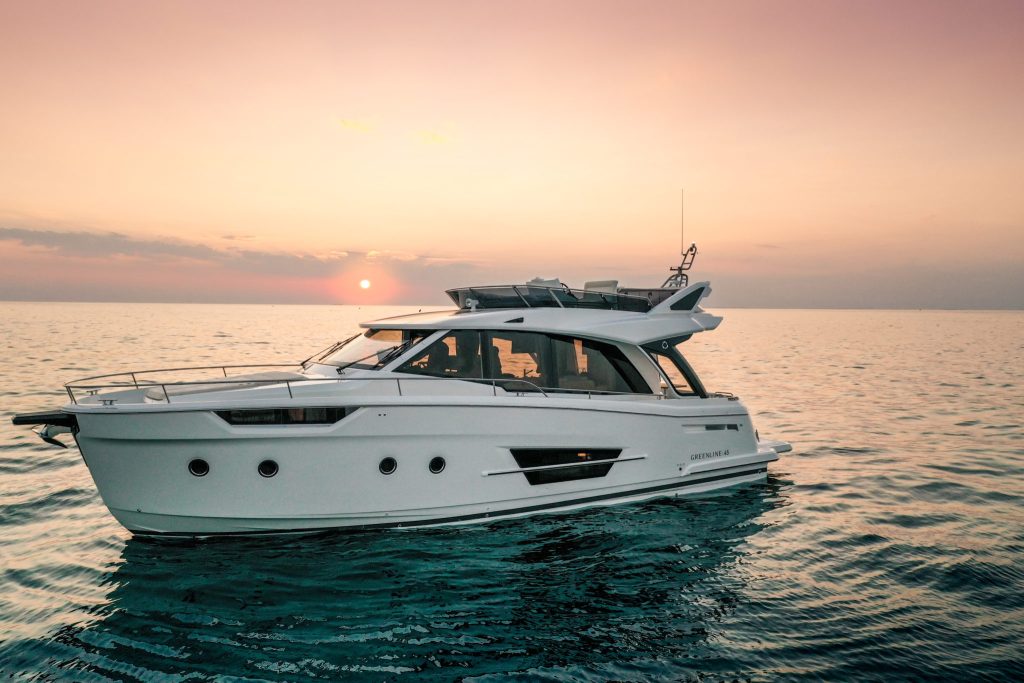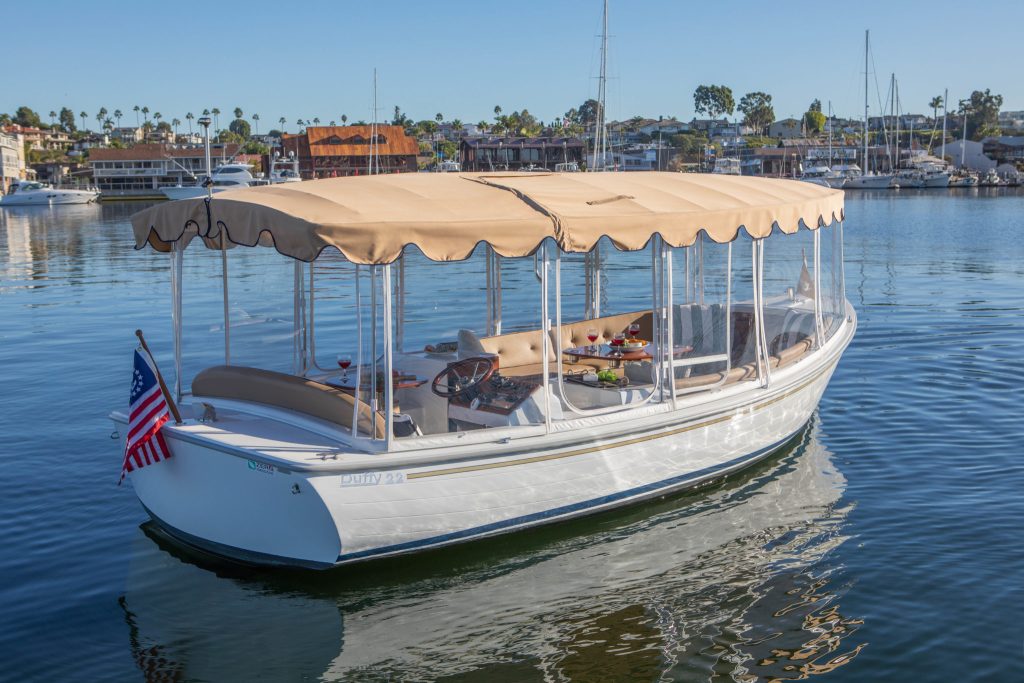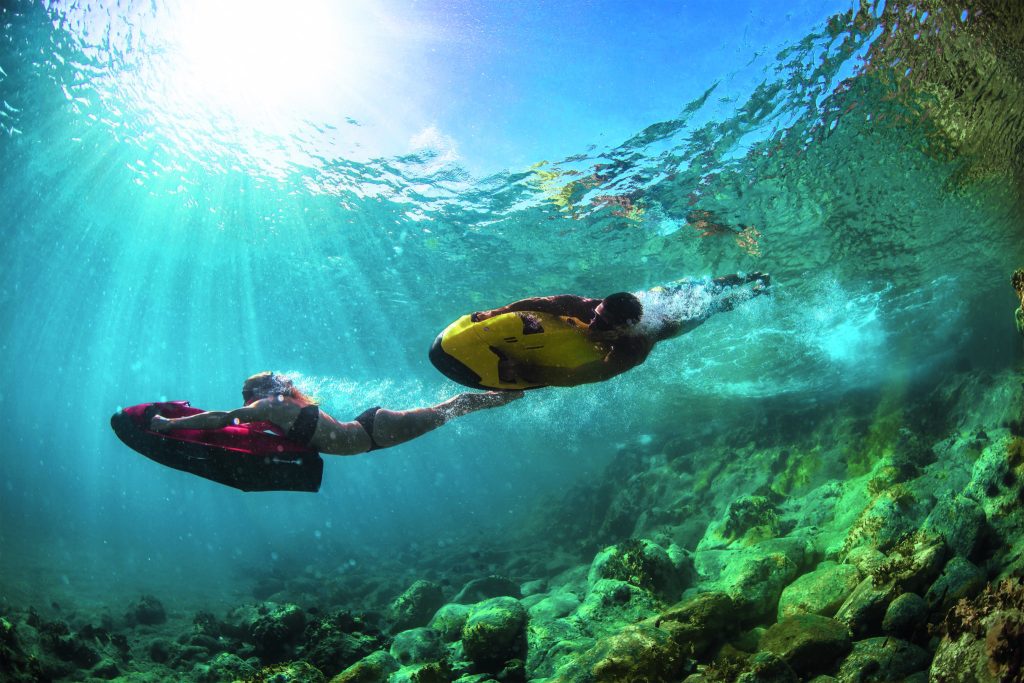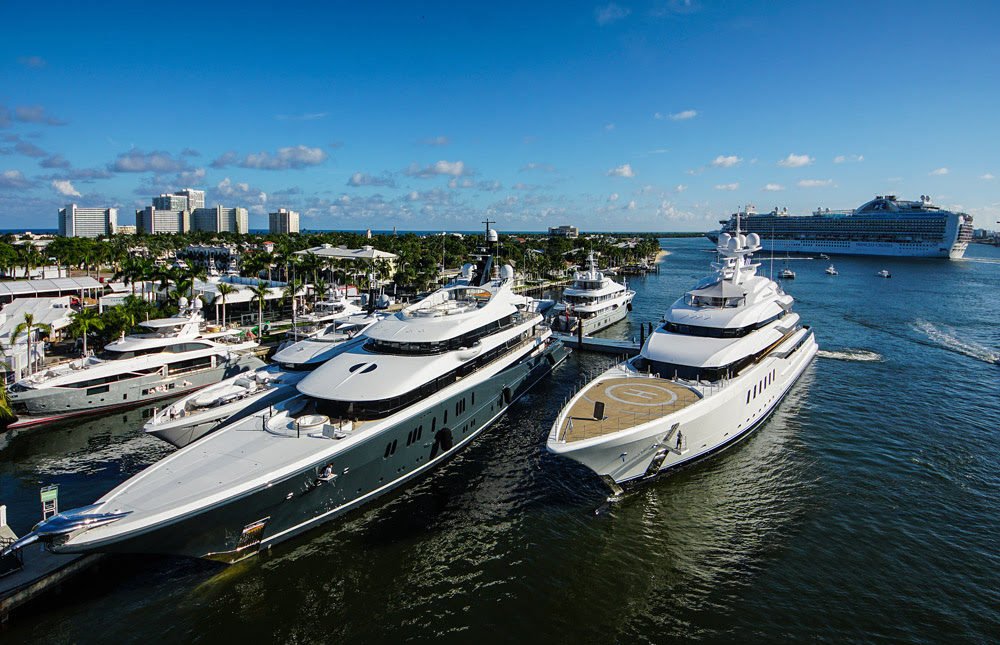The 60th edition of the Fort Lauderdale International Boat Show (FLIBS) last month was as vast as the Atlantic Ocean it floated on. A seemingly endless expanse of boats, gear and services on docks, piers and tents stretched over the horizon for five days. The largest in-water boat show in the world, this year’s edition of FLIBS brought 1,500 boats and 1,200 exhibitors to South Florida.
Despite the array of boats to explore, my interest was sustainability. With the issue of climate change reaching peak awareness, I was curious to see what the yachting industry was doing (or not doing) to curb its carbon footprint. After all, this is a luxury industry. No one needs a boat in the way you need food, shelter or transportation.

“The industry is paying attention to the environment. From design to construction to operation, everyone is rethinking their options,” says Sean Blue, head of global watercraft for AIG Insurance, which insures more than 300 megayachts. “New technologies, like lithium batteries coupled with hybrid propulsion systems, require advanced engineering challenges. Fire suppression is one of them. We work with designers, owners and captains on issues like that.”
Echoing Sean’s observations, there are four areas of focus for the marine eco-conscious: design, materials, construction and operation.
Design innovations center around streamlining the hulls and superstructure for frictionless operation through the water. Advanced computational fluid dynamics allow manufacturers to know exactly how efficient their boats are. “Bigger is better” is no longer the industry standard.
There are so many materials innovations that they are hard to count. Carbon fiber replaces steel, resulting in fuel savings because everything weighs less. Some manufacturers are experimenting with perpetually recyclable basalt (from lava rock) as a fiberglass replacement. Interiors feature recycled wood and vegan “leather.”
Green construction processes result in fewer or no volatile gases being released into the atmosphere and less waste being dumped.
Operationally, owner’s manuals now point out that fuel consumption increases logarithmically as speed increases. Slow down to save the earth.
Here’s my environmental assessment of the show. First, eco-friendly awareness seems to be at the poles of the industry. Builders of both ultra-high-end superyachts and the smallest of the boats have been the most responsive. The vast middle, the $2 million to $7 million powerboat buyers and builders, seems slow to jump on the green wave. In fact, their eco-credentials are getting worse. The biggest trend at the show was powering center consoles with four outboard engines instead of one or two. Bigger and faster are the selling points. “As the price of gasoline has dropped, boaters have traded up,” one dealer told me. “They will spend whatever they can on horsepower bragging rights. Only a rise in gas prices will stop them.”

But not all is lost. One outboard manufacturer, Evinrude touted its E-TEC line as being “planet friendly” because of “enhanced efficiency” and “cleaner combustion.”
For really big boats, there was a superyacht village. It may seem odd that owners of 300-foot, 900-ton yachts for personal use care about the environment, but they do. “We have seen an interest in both diesel-electric and hybrid systems,” says Andrew LeBuhn, a top yacht broker at Camper & Nicholsons. “Smart power management also helps reduce fuel. Plus, rumored and confirmed environmental restrictions in parts of the world may require zero emission boats to enter their waters.”

For smaller boats, there were some very sustainable choices, if you are willing to go slow. Greenline Yachts makes a hybrid engine coupled to solar chargers. According to the broker, “The panels keep most of the systems going throughout the day.” The diesel recharges the batteries while underway and, at slow speeds (4 to 6 mph), those batteries can power the boat for about three hours. Nimbus makes a go-fast commuter style boat with a single outboard.

Or you could go totally electric. Duffy makes “America’s first and finest electric boat.” Their two models, the 16-foot Back Bay and the 18-foot Snug Harbor, both cruise at 8 mph and can run for about four hours. They proudly state: “Made in USA” and “Zero emissions.” They’ve proved to be popular as well. There are “thousands of them on the West Coast,” says Duffy president Bob Hunt.

The most environmentally friendly “boat” of all was the torpedo-shaped, all-electric Seabob, at a mere 80 pounds. Just hold on as the Seabob propels you through the water. One battery charge is good for 15 miles.
The show takeaway is this: Like the auto and housing industries, the marine industry is making strong strides in lowering its environmental footprint, but it has a long way to go if the goal is total sustainability. Hopefully boaters will make that demand and the industry will respond.







